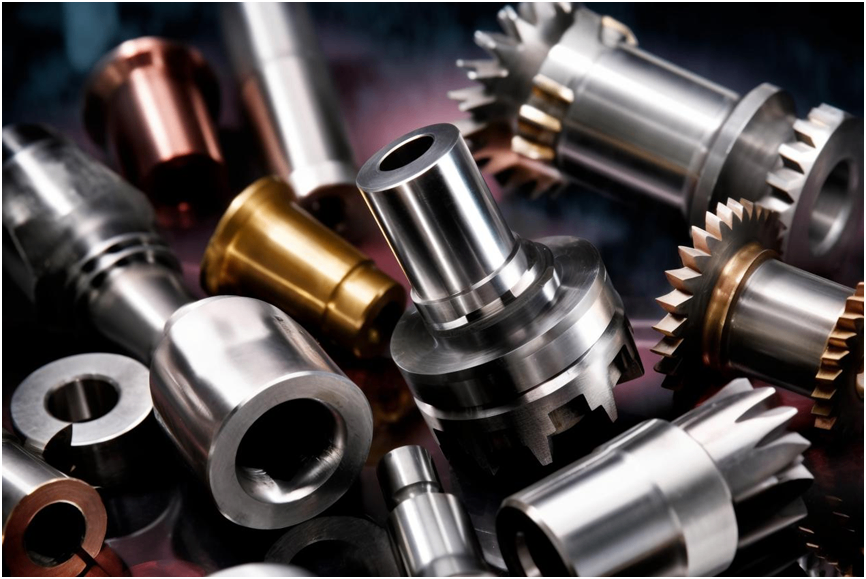Spare parts management is one of the important measures to ensure equipment reliability. Its purpose is to ensure that equipment can be repaired and replaced at any time during normal operation through reasonable spare parts storage and effective management operations, thereby reducing downtime and improving equipment reliability and production efficiency.
Image Source:699pic.com
Good spare parts management can greatly enhance equipment reliability, reduce equipment maintenance costs and downtime. Therefore, strict control should be exercised in spare parts management. A complete spare parts management system should be established, and the storage and management of spare parts should be strengthened, such as abrasives and grinding tools, personal protective equipment (PPE), fasteners, welding consumables, cutting tools, cleaning and maintenance supplies, power transmission components, chemicals, packaging consumables, tools, etc. Attention should be paid to quality control and supervision during the use and maintenance of spare parts to ensure the rational use and maintenance of spare parts and improve equipment reliability.
Spare parts management is an important part of an enterprise's equipment maintenance. Its quality directly affects equipment reliability and maintenance costs. Therefore, it is very necessary to manage spare parts prudently. The following will discuss how to manage spare parts well to improve equipment reliability from three aspects.
I. Purchase of Spare Parts
The purchase of spare parts should be standardized according to the equipment model and specifications to ensure that the purchased spare parts meet the equipment requirements. At the same time, a procurement plan for spare parts should be formulated according to the equipment usage frequency and maintenance cycle, such as cutting tools, hardware tools, welding consumables, contact tips, industrial consumables, etc., to avoid equipment downtime for maintenance due to the shortage of spare parts. In addition, spare parts suppliers with high reliability, excellent quality and reasonable prices should be selected, and a cooperative relationship should be established to ensure the stability of spare parts supply.
II. Storage and Management of Spare Parts
Spare parts should be stored and classified according to their types, specifications and batches. A unified spare parts warehouse should be set up. Regular inspections and maintenance of spare parts should be carried out to ensure that they are in normal condition. For vulnerable spare parts, manufacturing plants can reuse tools and equipment, including cutting tools, hand tools, power tools, saw blades, abrasives and grinding tools, etc. A traceability record should be established, and it should be consumed and used in a timely manner to avoid damage and waste caused by long-term storage. At the same time, a replenishment plan for spare parts should be formulated strictly according to the consumption situation of spare parts to ensure the sufficiency and timeliness of spare parts.
III. Use and Maintenance of Spare Parts
During equipment maintenance, the replacement standards of spare parts should be strictly implemented according to the spare parts usage manual. For frequently used spare parts, the monitoring and evaluation of their service life should be strengthened, and aging or spare parts with too short a service life should be replaced in a timely manner to ensure the normal operation of the equipment. During the maintenance of spare parts, the failure causes of spare parts should be analyzed according to the equipment maintenance records, and the maintenance methods and maintenance records should be revised in a timely manner to avoid the recurrence of failures and ensure the reliability and stability of spare parts.



